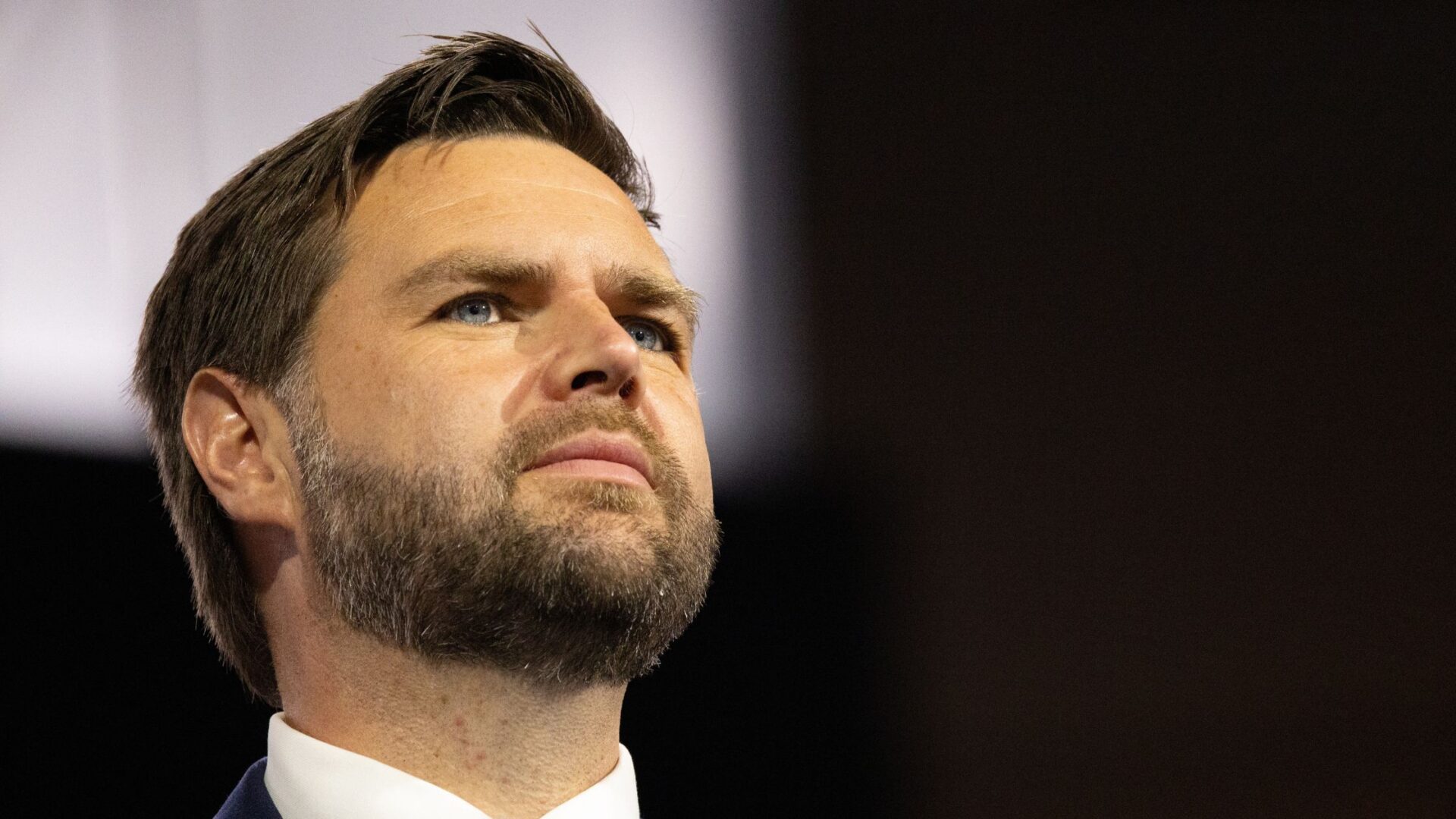Key takeaways
• Indiana Republicans can’t agree on redrawing districts mid-decade
• Senate leader Rodric Bray says they don’t have enough votes
• Trump and Vice President Vance push for an Indiana gerrymander
• Lt. Gov. Beckwith publicly slams Senate Republicans
• The gerrymander fight exposes deep party divides
Indiana Republicans have fallen into harsh public fights. Tensions rose because party leaders can’t secure enough support. They want to eliminate two Democratic districts in a mid-decade redraw. That push has turned into a messy feud at the statehouse.
Political Clash Over Indiana Gerrymander
The state Senate President Pro Tempore, Rodric Bray, spoke out on Wednesday. He said Republicans still lack votes for a mid-decade gerrymander. He noted that Texas, Missouri, and North Carolina used similar moves. However, several GOP lawmakers in Indiana want to keep the current maps. Bray’s spokeswoman told reporters, “The votes aren’t there for redistricting.”
Meanwhile, the entire Republican congressional delegation and Governor Mike Braun back the plan. President Trump joined the effort, sending Vice President JD Vance to lobby lawmakers. They want to redraw maps in order to flip two Democratic seats. Yet, the Senate remains divided over the controversial proposal.
Mudslinging Among Indiana Republicans
Frustration gave way to public attacks this week. Allies of President Trump say they can still win over holdouts. They stress that a gerrymander will help deliver a solid GOP map. In response, Braun’s office claimed his talks remain “positive.” They insist most Indiana Republicans will support “fair representation in Congress.”
However, Lt. Governor Micah Beckwith delivered the most intense remarks. He accused Senate Republicans of cowardice and betrayal. Beckwith wrote that Indiana voters did not elect a “supermajority” to sit silent. He blasted them for allegedly letting conservative ideas die in the Senate. Then he urged colleagues to “find your backbone” and approve a 9-0 map. He promised to challenge any reputation that the Senate is too weak.
What Makes This Indiana Gerrymander So Contentious?
Redistricting usually happens after each census. Yet, a mid-decade gerrymander would redraw maps within ten years. That tactic faces heavy criticism. Critics call it a power grab meant to lock in party control. Moreover, opponents worry it will silence minority voices and harm fair elections.
Supporters argue the current maps unfairly help Democrats in Indiana. They say an Indiana gerrymander will give Hoosiers “equal voice” in Congress. Also, they believe a fresh map better reflects recent population shifts. However, many GOP senators see risks. They fear voter backlash in future races. They also worry about legal challenges that could tie up results for years.
Key Players in the Fight
• Rodric Bray – He leads the Senate Republicans. He says votes for a gerrymander aren’t there.
• Mike Braun – The governor supports the mid-decade redraw. He backs a “fair” map.
• President Donald Trump – He wants two Democratic districts removed.
• Vice President JD Vance – He recently traveled to Indiana to lobby senators.
• Lt. Gov. Micah Beckwith – He blasted holdout senators with strong language.
How a Gerrymander Could Change Indiana’s Politics
If the Indiana gerrymander passes, Republicans could redraw two Democratic seats. The plan aims for a 9-0 GOP sweep in the U.S. House. That would shift power in Congress away from Democrats. Yet, the move risks alienating moderate voters. It could also spark lawsuits over gerrymandering laws. Legal battles would delay map approval and cost taxpayers money.
Moreover, public opinion may turn against lawmakers who back the scheme. Surveys show many Hoosiers view gerrymandering as unfair. They want maps drawn by a neutral commission, not by career politicians. Consequently, some Republicans hesitate to embrace the proposal. They fear voter anger at what seems like election rigging.
Next Steps in the Indiana Gerrymander Showdown
The Senate plans more hearings in the coming weeks. Lawmakers will debate legal rules and voter impact studies. Party leaders hope to rally enough support before the next legislative session. Meanwhile, pro-gerrymander forces will keep pressuring holdout senators. They plan visits, phone calls, and public appeals.
On the other side, critics will highlight stories of how gerrymanders silence communities. They will hold town halls to raise voter awareness. They may even push for a ballot measure to ban mid-decade redraws. As tensions rise, each side will look for new allies in the media and in local government.
What’s at Stake for Hoosiers
At its core, this fight will shape Indiana’s political voice. A gerrymander could lock in GOP power for years. Yet, failing to redraw could leave districts unchanged until after the next census. That may frustrate those who feel current maps underrepresent fast-growing areas.
In any case, the Indiana gerrymander battle will have lasting effects. It will test party unity and voter trust. It will also set a precedent for other states considering mid-decade redraws. Therefore, Indiana’s decision matters far beyond its borders.
Frequently Asked Questions
What is a mid-decade gerrymander?
It means redrawing voting districts more than five years after the census. Critics say it lets politicians pick their own voters.
Why do some Indiana Republicans oppose this gerrymander?
They worry about voter backlash and legal challenges. They fear it will seem unfair and harm future elections.
What did Lt. Governor Beckwith say about the Senate?
He accused them of cowardice and betrayal. He urged them to approve a 9-0 GOP map immediately.
Could this fight end in the courts?
Yes. Opponents may sue over unfair district lines. A court battle could delay new maps by months or years.

